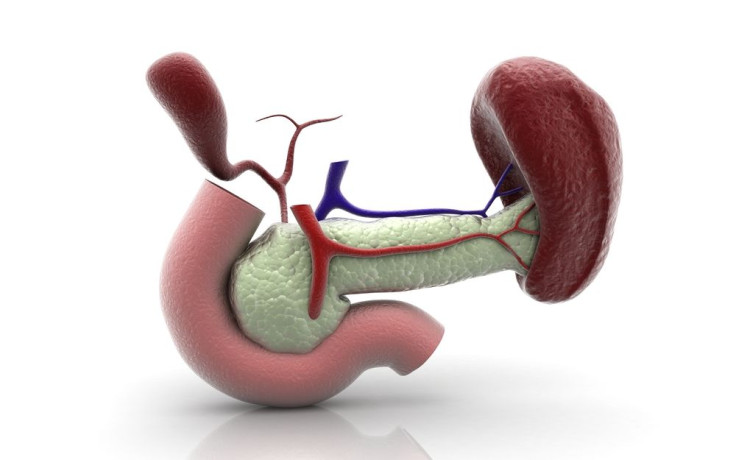
A new study -- published online May 19 in the journal Cancer Research -- has predicted that pancreatic cancer will be the second deadliest cancer in the United States by 2030, second only to lung cancer.
"Overall, the cancer death rate in the U.S. is declining each year," said study author Lynn Matrisian, vice president of research and medical affairs with the Pancreatic Cancer Action Network in Manhattan Beach, Calif. to CBS. "And the numbers of deaths caused by several major cancers such as lung, colorectal and breast are following that trend and dropping. However, little progress has been made with pancreatic cancer, and we've known that it was not following that trend."
There are many playing parts that are believed to have a role in making pancreatic cancer so deadly to the U.S. population, including: difficulty diagnosing pancreatic cancer, the need for better treatment options, the disease's penchant for spreading quickly at an early stage, an aging population, growth of high-risk minority populations, and a lack of funding of pancreatic cancer research.
Taking into consideration that the Hispanic/Latino community is the largest minority group in the United States -- according to the U.S. Census Bureau, more than 16 percent of Americans, 50.5 million people, identify themselves as Hispanic -- coupled with the fact that it is also the fastest growing population, cancer is a concern for the community. Estimates suggest that by 2050, 30 percent of the American population will be Hispanics/Latinos which means there will be more Hispanic/Latino cancer patients.
In addition to the disease and finding a cure, one of the biggest hurdles that Hispanic/Latino patients face is diagnosing cancer early enough to treat it. Low cancer screening rates seen in the Hispanic/Latino population results in being treated at a later stage and in turn, having a lower success rate of treatment. As such, while heart disease is the leading cause of death for African Americans and non-Hispanic whites, cancer is the leading cause of death amongst Hispanics/Latinos.
Two factors that play a part in the low cancer screening rate in the Hispanic population is poverty and the minimal access to medical services. Consider this: The American Cancer Society reports that 27 percent of Hispanics are poor (versus 10 percent of non-Hispanic whites), and 31 percent are uninsured (versus 12 percent of non-Hispanic whites).
© 2025 Latin Times. All rights reserved. Do not reproduce without permission.





